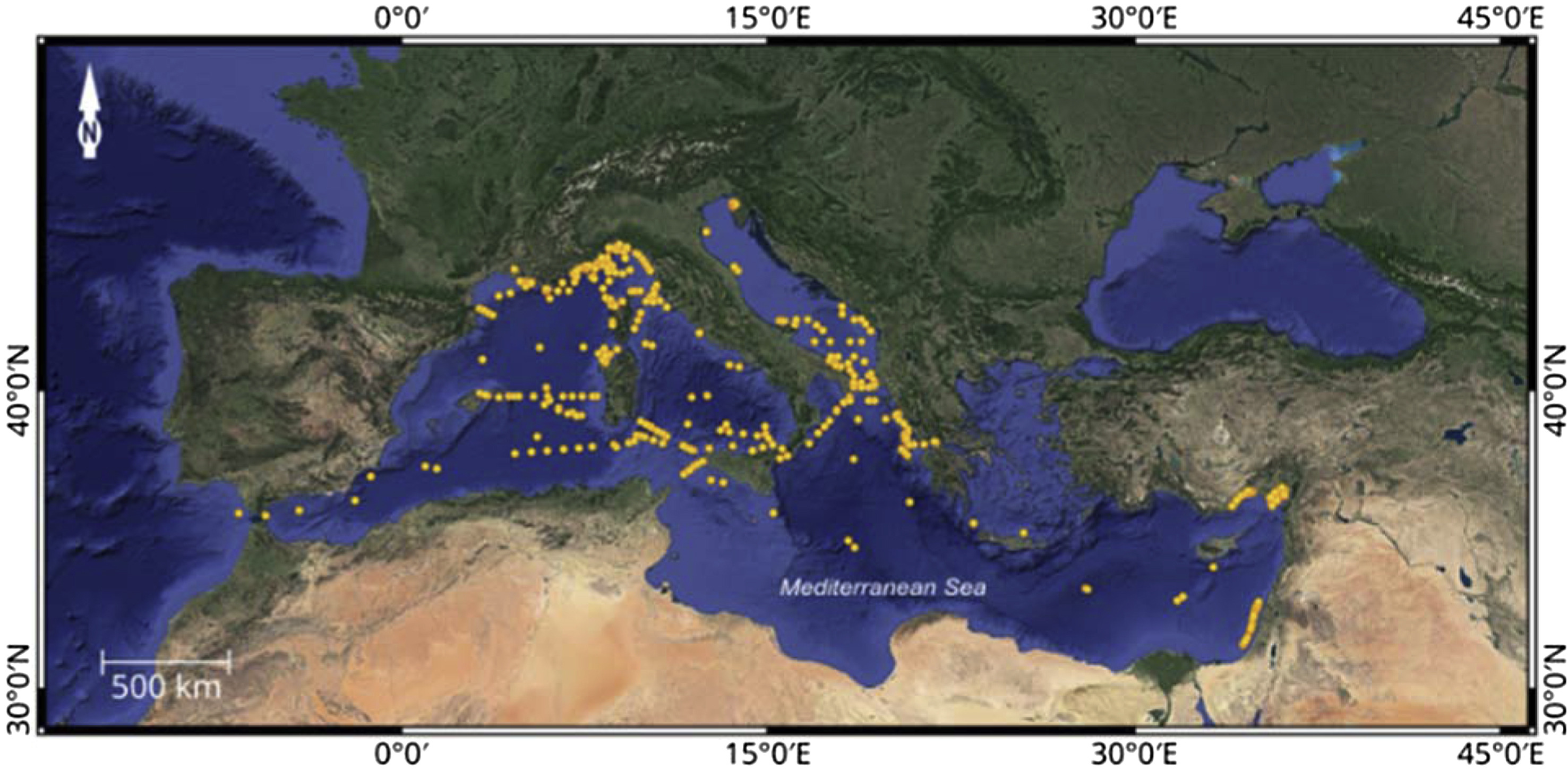Sustainable consumption and production (SCP) is at the core of the United Nations Sustainable Development Goals (SDGs), specifically addressed by SDG 12. This goal aims to "ensure sustainable consumption and production patterns," acting as a cross-cutting theme that feeds into other SDGs such as those related to climate change, poverty, health, and sustainable cities.
SCP involves using services and products in a way that minimizes environmental damage, preserves natural resources, and promotes social equity. The purpose is to decouple economic growth from environmental degradation, which means pursuing economic development in a way that can be sustained by the planet over the long term. SCP requires changes at all levels of society, from individuals to businesses to governments.
At the individual level, SCP implies making lifestyle choices that reduce environmental impact. This might include reducing, reusing, and recycling waste, choosing products with less packaging, and opting for more sustainable forms of transport like cycling or public transport.
For businesses, SCP entails adopting sustainable business models and practices. This could include improving resource efficiency, investing in renewable energy, designing products that are durable and recyclable, and ensuring fair labor practices.
At the government level, SCP involves implementing policies that support sustainable business practices and incentivize sustainable consumer behavior. This might involve regulations to reduce pollution, subsidies for renewable energy, and campaigns to raise awareness about sustainable consumption.
SCP also plays a role in several other SDGs. For example, sustainable production practices can help mitigate climate change (SDG 13) by reducing greenhouse gas emissions. Additionally, by reducing the pressure on natural resources, SCP supports the goals related to life below water (SDG 14) and life on land (SDG 15).
While progress has been made in certain areas, challenges remain in achieving the shift towards SCP. These include existing patterns of overconsumption, limited awareness about the impacts of consumption, and the need for technological innovation to enable more sustainable production.
This review provides insight into the abundance, origin, distribution and composition of MPs in the sea surface and water column of the Mediterranean Sea. Literature data on MP particles on the sea surface showed an evident heterogeneous distribution and composition, with marked geographical differences between Mediterranean sub-basins. A standardized protocol for water sampling, extraction and detection of plastic debris is strongly recommended.
One of the key Sustainable Development Goals (SDG) set by the United Nations (UN) aims by 2030 to “end hunger, achieve food security and improved nutrition and promote sustainable agriculture”. Fertilizers will play a pivotal role in achieving that goal given that ~90% of crop production growth is expected to come from higher yields and increased cropping intensity. However, materials-science research on fertilizers has received little attention, especially in Africa.
Saving Food: Production, Supply Chain, Food Waste and Food Consumption, Volume , 1 January 2019
Food waste is a great problem nowadays; while many people are starving around the world, tons of food is wasted every day. An efficient way to preserve food is using industrial processes such as heat, cold, drying, fermentation, irradiation, high pressure, pulsed electric fields and modified atmosphere, among others, but it is also possible to use active packaging (AP) to extend the shelf life of food products. This packaging uses active compounds, as antimicrobial and antioxidants that could be released over time in the food and its products and increase their shelf life.
Sustainable Food Supply Chains: Planning, Design, and Control through Interdisciplinary Methodologies, 2019, Pages 249-260


